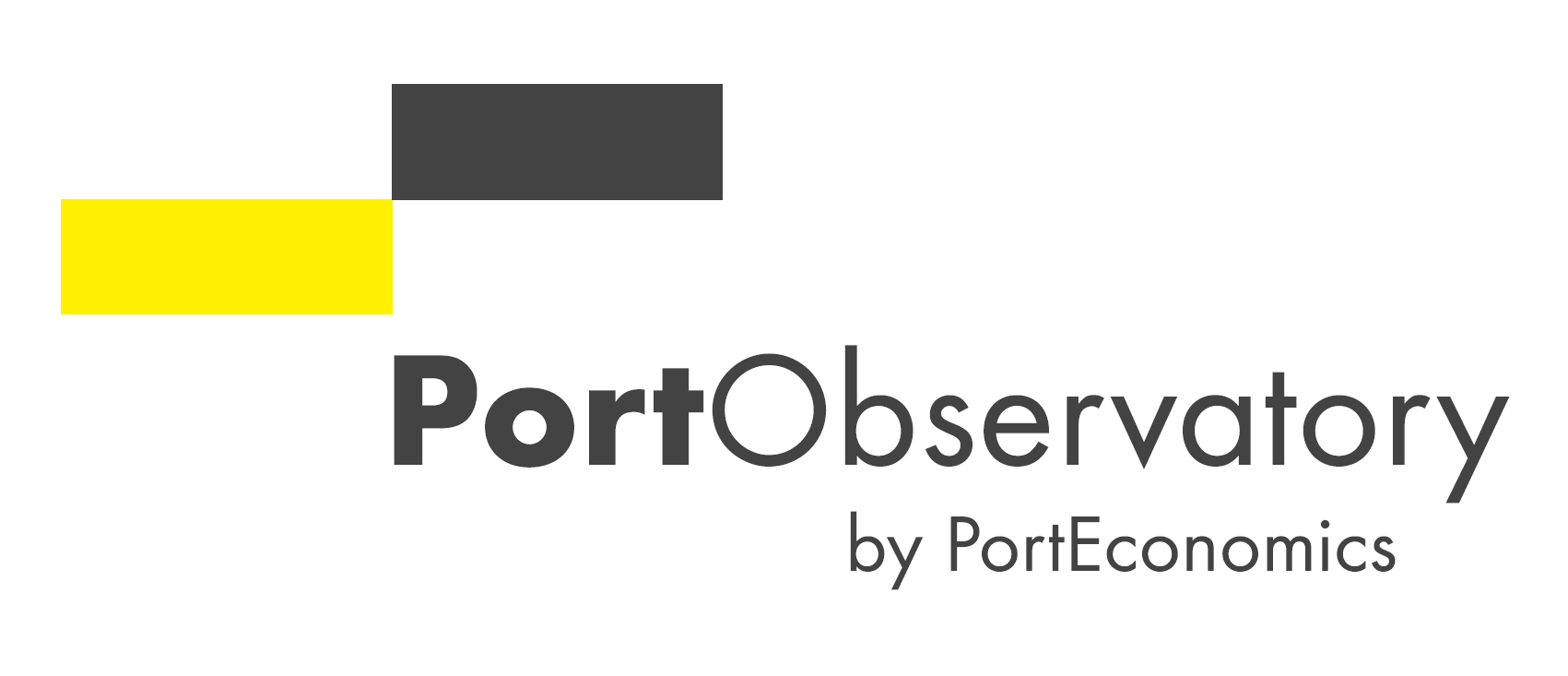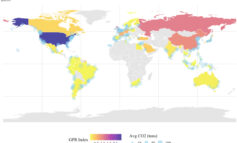The latest port study of PortEconomics member Theo Notteboom co-authored with Lam Canh Nguyen (Vietnam Maritime University) aims at defining generic characteristics of dry ports by carrying out an analysis using a large sample of dry ports from around the world. The dataset included in the study details on 107 inland terminals worldwide. All dry ports in the database have been selected from studies in the extant literature before being shortlisted to fit our research scope. Data collected include terminologies used, actors driving the development, terminal throughput, total area, services provided and the relation with the corresponding seaport(s).
Using statistical analysis, the study examines how dry port parameters are influenced by (1) a different terminal set up, like sea-driven and land-driven development, developed and developing system, dry port functions; (2) specifications of the seaport with which the dry port is connected, i.e. seaport traffic, connectivity, utilization, etc. and (3) the transport leg linking dry ports and seaports. The findings could be applied to the planning and development of inland nodes from the perspectives of different stakeholders.
Published in the latest issue of scientific journal Maritime Policy and Management (46(1), pp. 24–42), Theo’s and Lam’s study can be downloaded via journal’s website.












